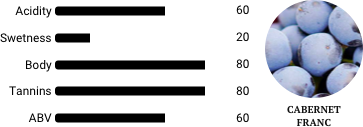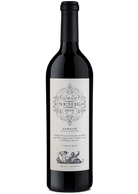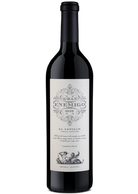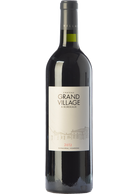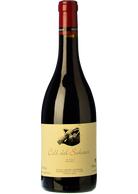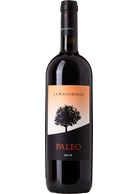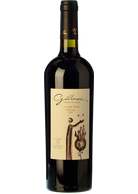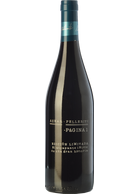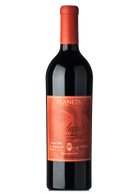Cabernet Franc
Cabernet Franc owes most of its fame to the wonderful wines it produces in Bordeaux combined with other prestigious red grapes such as Merlot and Cabernet Sauvignon. It is more commonly used on the Right Bank of Bordeaux where it blends with Merlot to create less austere and more fragrant wines than the Cabernet Sauvignon wines in Medoc. However, although it is believed to be a forerunner of Cabernet Sauvignon, Cabernet Franc does not share the same level of popularity. Moving north, thanks to the chalky soils of the Loire region, it also createes splendid red wines in renowned appellations like Chinon and Saumur-Champigny.
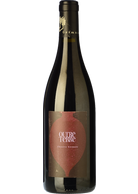
Domaine des Roches Neuves Outre Terre Amphore 2020
BIO
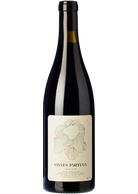
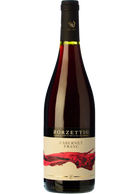
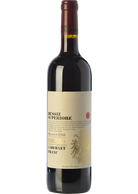
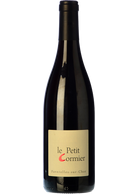
Domaine Bouges Touraine Petit Cormier 2015
BIO
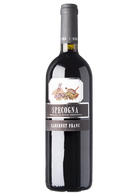
Specogna Friuli Colli Or. Cabernet Franc 2019
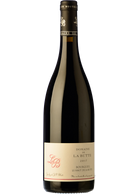
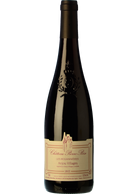
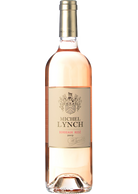
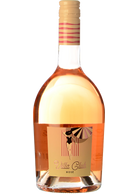
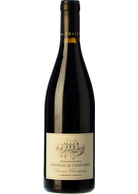
Château de Chaintres Vieilles Vignes 2019
BIO

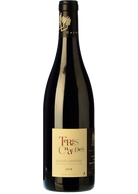
Domaine des Roches Neuves Les Roches 2019
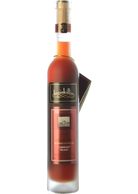
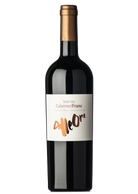

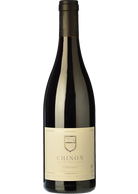
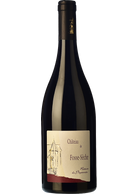
Château de Fosse-Sèche Réserve du Pigeonnier 2007
BIO
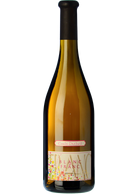
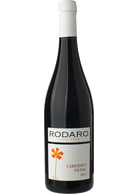
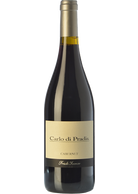
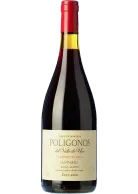
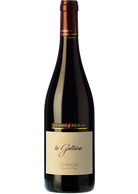
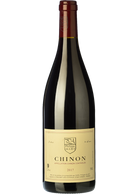
Cabernet Franc
Cabernet Franc owes most of its fame to the wonderful wines it produces in Bordeaux combined with other prestigious red grapes such as Merlot and Cabernet Sauvignon. It is more commonly used on the Right Bank of Bordeaux where it blends with Merlot to create less austere and more fragrant wines than the Cabernet Sauvignon wines in Medoc. However, although it is believed to be a forerunner of Cabernet Sauvignon, Cabernet Franc does not share the same level of popularity. Moving north, thanks to the chalky soils of the Loire region, it also createes splendid red wines in renowned appellations like Chinon and Saumur-Champigny.
In terms of qualitative growth, Cabernet Franc excels in Italy too. Widely rediscovered in Bolgheri, both in Bordeaux blends with Cabernet Sauvignon and as a single variety, it gives straight wines of enveloping aroma, pleasant spiciness, rough tannin in youth but beautifully integrated with ageing in wood. The other Maremma versions are softer and more persuasive, towards the Tuscan coast, while the best Cabernet Francs from Veneto, from the Euganean Hills to the Berici Hills, stand out for their austerity. Crunchy and easy to drink, instead, towards Friuli.
Cabernet Franc vines produce small black-blue thick-skinned grapes in medium-sized bunches. Although it is sensitive to fungi such as mildew, it is quite resistant to botrytis rot, spring frosts (thanks to buds breaking a little late) and wind if well-pruned. It adapts well to virtually any kind of soil but suffers if water is short.
Cabernet Franc must is colourful and rich in sugar, with seductive aromas of raspberries and violets alongside characteristic vegetal notes of liquorice and green pepper. Wines have a good balance between tannins and restrained acidity, with alluring floral and spicy aromas. They are not usually too astringent and are suited to a certain degree of ageing in wood thanks to the harmony between their main characteristics. It comes as no surprise that prestigious international wine critics such as Jancis Robinson state that despite not having the body, tannins, alcohol, or even colour of Cabernet Sauvignon, Cabernet Franc wins out over its more popular cousin in terms of elegance, charm and aromas.
